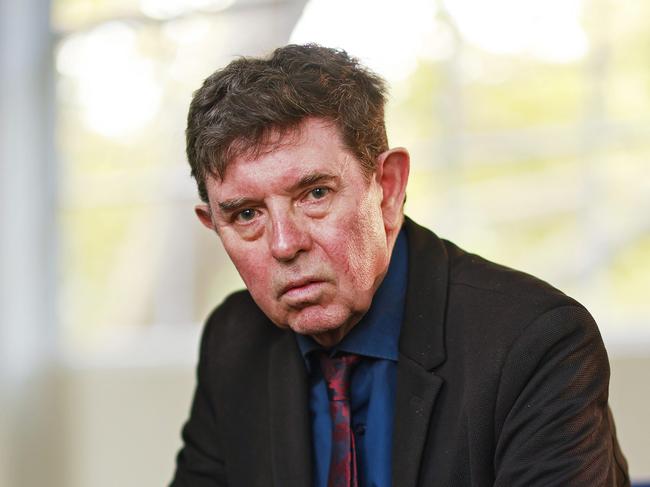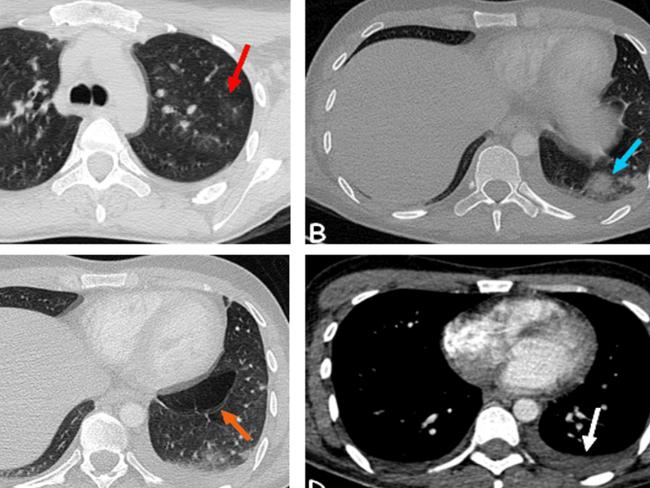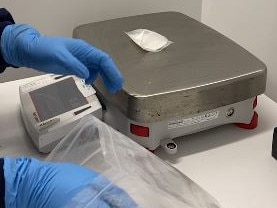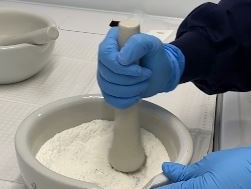Cocaine Inc: Deaths surge as X-rays reveal true extent of cocaine drug use
Cocaine sold on Australia’s streets is being cut with a substance used to kill worms in cattle and chickens and a banned pain reliever, experts earn. Watch video and listen to podcast.
Cocaine Inc
Don't miss out on the headlines from Cocaine Inc. Followed categories will be added to My News.
Cocaine users are dying in their 30s from heart disease usually only seen in pensioners, as deaths linked to the drug surge by 20 per cent.
A leading drug researcher has issued a stark warning to users, saying that cocaine’s health effects are as bad as using ice.
Cocaine sold on Australia’s streets is being cut with a substance used to kill worms in cattle and chickens and a banned pain reliever, while the active ingredient is causing users’ major heart arteries to go “floppy” and stop pumping.
The health concerns come as Queensland has introduced a “three strikes rule” for cocaine possession, and NSW and the ACT decriminalised the party drug, amid a campaign to take make those moves nationwide.
Professor Darke has studied the coronial reports of all cocaine deaths in Australia over two decades.
“What you see is 70-year-old hearts in 30-year-old bodies,” Prof Darke said of deaths related to cocaine use.
There were 884 cocaine deaths linked to cocaine in Australia, based on coroner’s reports between 2000 and 2021.
That has been increasing by as much as 20 per cent a year.
There was one cocaine death every three days in 2019 which was the most recent data set because coronial cases have to be finalised before statistics can be compiled.


The alarming figures come as episode 3 of podcast, Cocaine Inc. produced by True Crime Australia and the UK’s The Times and The Sunday Times, investigates how the drug is smuggled out of South America before it multiplies in value, driving people to extremes.
Cocaine purity in Australia can range from 22 per cent to 62.5 per cent, when sold on the street, according to the Australian Criminal Intelligence Commission.
The Australian Federal Police (AFP) has employed 100 crime scene examiners who regularly tested cocaine seized across the country.
Listen to the Cocaine Inc. podcast below:

They have been finding levamisole, a substance used to kill worms in cattle and chickens, because it is physically similar to cocaine powder.
Pain reliever Phenacetin, which was banned from use in the 1970s because it caused kidney failure, was also a cutting agent, the AFP confirmed.
The Australian Capital Territory decriminalised cocaine use in October last year, with anyone caught with up to 1.5 grams will be fined $100 and referred to health services instead of being sent to court.

Police opposed the move and there were fears that it would make Canberra Australia’s cocaine capital.
NSW Premier Chris Minns has also decriminalised cocaine in February, with users caught with the drug now fined $400.
However, that can be waived if a user has a 60-minute phone call with a health professional.
Greens MP Cate Faehrmann has demanded further lenient policies, arguing it would put criminal networks out of business.

“Yes, people are addicted but we also need to acknowledge that really the majority of use is recreational,” she said.
Ms Faehrmann said hospitalisations would be reduced if the market was regulated in a similar way that cannabis has been legalised in 24 US states for recreational use.
“The whole point is for the legal regulated market to undercut the black market,” she said.
“Can you imagine buying cocaine that’s pure that you know what’s in it and ideally it’s for less than what people are buying it for right now.”
More Coverage
Originally published as Cocaine Inc: Deaths surge as X-rays reveal true extent of cocaine drug use





